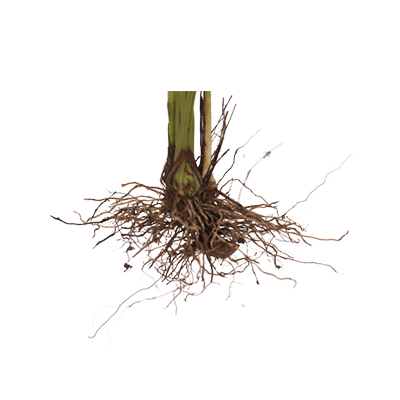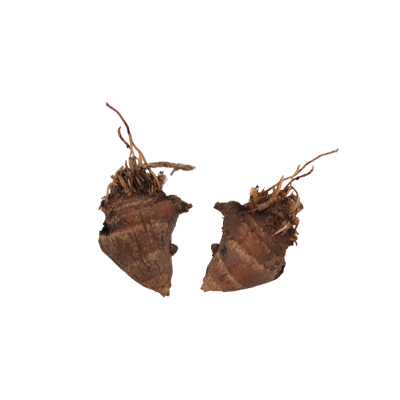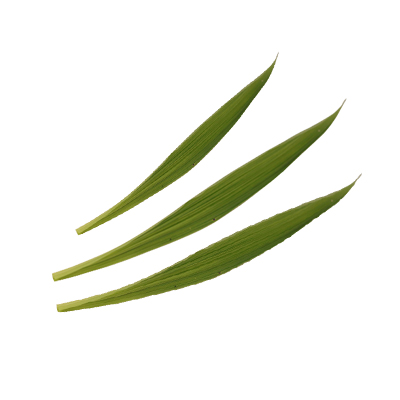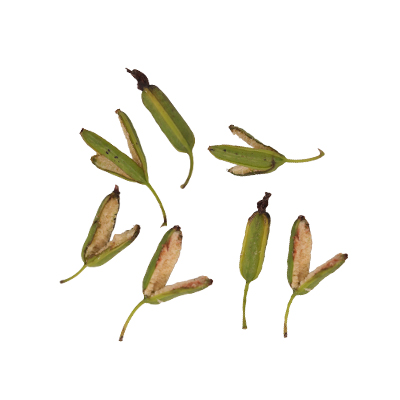Philippine Ground Orchid
Spathoglottis plicata Blume
Orchidaceae
Location in our garden
Principal



Synonym
Calanthe poilanei Gagnep.
Spathoglottis augustorum Rchb.f
Paxtonia rosea Lindl.
Habitus
Orchid. An evergreen, terrestrial plant with crowded pseudobulbs, three or four large, pleated leaves and up to forty resupinate, pink to purple flowers, grows 30 - 150 cm tall.
Part Used
Leaves
Seeds
Roots
Pseudobulb
Growing Requirements
Full Sunshine
Need Shade
Habitat
Forest
Coastal
Roadside
Shrublands
Grassland
Terrestrial
Overview
S. plicata is native to Australia, India, Southeastern Asia, and Pacific Islands including Solomon Islands, Tonga, Niue and Samoa. It is commonly cultivated as an ornamental and currently its distribution includes Southern India, Southern China, Southern Japan, Indo-China, Myanmar, Thailand, Peninsular Malaysia, Singapore, Sumatra, Java, Borneo, Philippines, throughout Indonesia to Australia and the Pacific Islands. This species is still sold in the nursery and landscape trade in many countries around the world and it is also available to the public through internet sites.
Vernacular Names
Arequita (Spanish), Zi hua bao she lan (Chinese), Orquídea morada (Puerto Rican)
Agroecology
S. plicata can be found growing in a wide variety of habitats including open grassy areas and disturbed habitats in dry, wet, and mesic forests, along roadsides, open hillside thickets, and in coastal forest openings from sea level to about 800 m. Grows best on moist well-drained soils. Prefers full sun and moderate amount of water.
Morphology
- Leaves - long, straplike leaves are light green and pleated.
- Flowers - pinkish purple, odourless flowers occur in groups of 5 - 30 and open a few at a time (4 cm wide). Flowers are composed of 1 dorsal sepal, 2 petals, 2 lateral sepals and a lip which are all pinkish purple. The terminal inflorescence is borne on a long stalk reaching up to 1,5 - 2 m in length.
- Fruits - cylindrical capsules, 6-ribbed, 2.5 × 0.7 cm; stalk 1.5 cm long, very shortly hairy.
- Seeds - pod is light green and cylindrical.
Cultivation
Propagated by seeds, division, and tissue culture.
Chemical Constituents
Alkaloids, flavonoids, terpenoids, polyphenols, saponins.
Traditional Medicinal Uses
- Treating ear inflammation, arthritis (arthritis), rheumatism, ulcers, relieve pain and improve blood circulation, heal wounds and burns, vertigo, anticancer.
- In Malaysia (Moluccas), leaves are applied to painful joints as a poultice.
Part Used
Reference Sources
- CAB International. (2019). Spathoglottis plicata. https://www.cabi.org/isc/datasheet/117275. 22-10-21.
- Flora Fauna Web. (2019). Spathoglottis plicata. https://www.nparks.gov.sg/florafaunaweb/flora/2/4/2468. 22-10-21.



